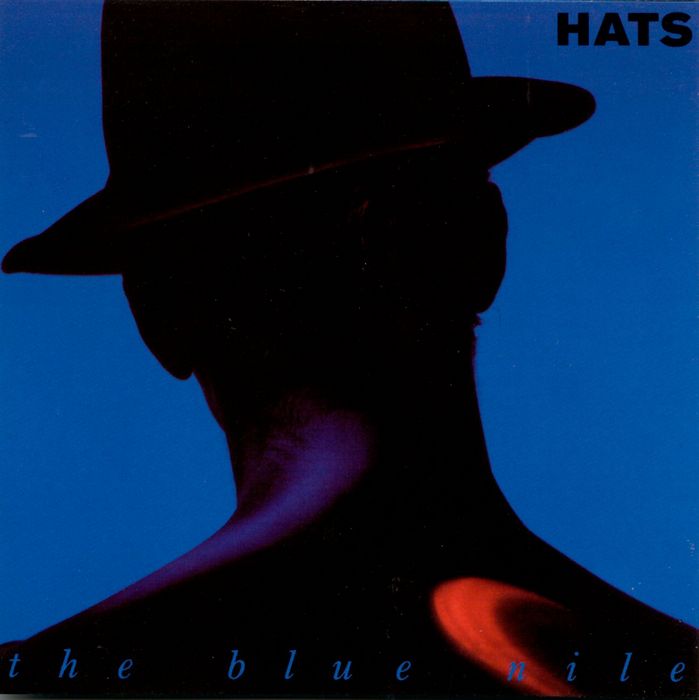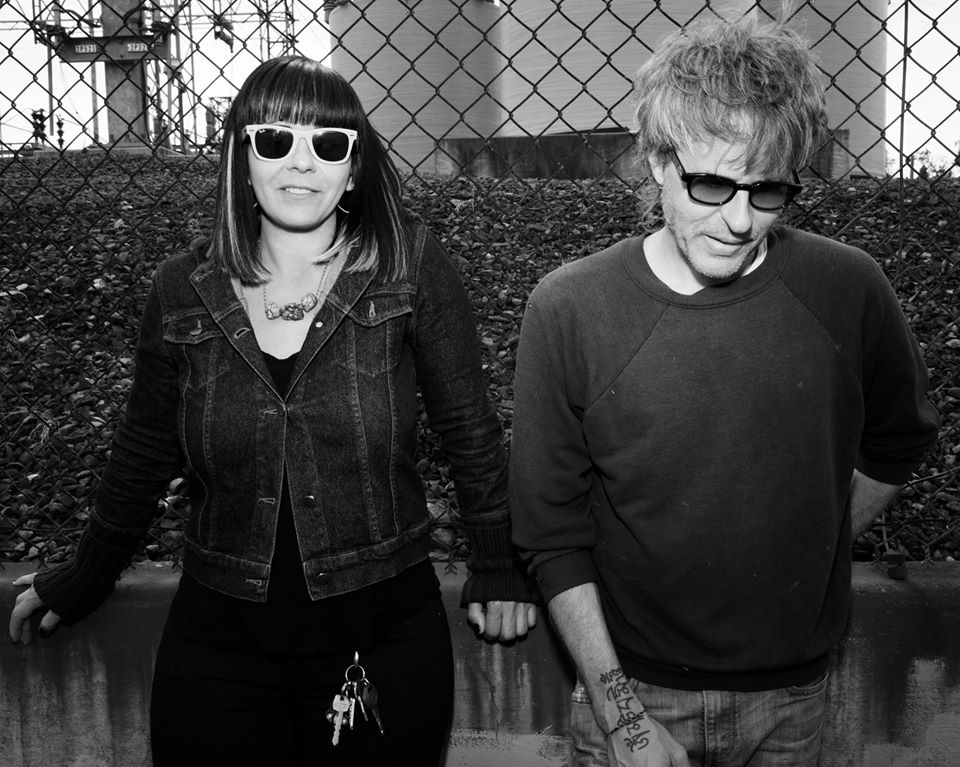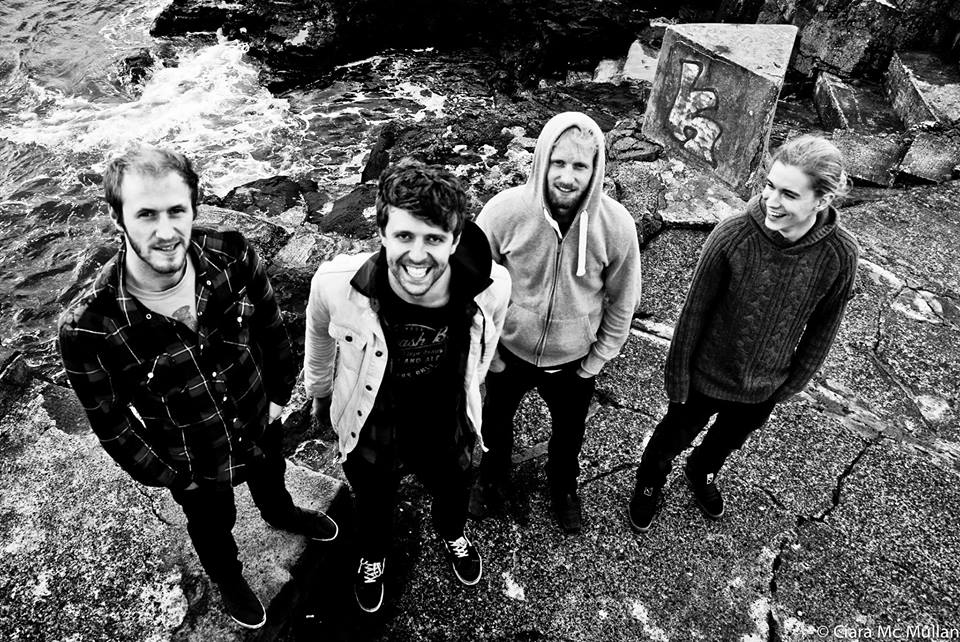Every so often, an album slips through the cracks. It may have inspired quiet critical praise among the attentive, but for the most part the record sinks without trace into the mists of obscurity. Some albums are eventually rescued from this fate – The Velvet Underground & Nico being the most famous example of a record posthumously put on a pedestal – but the majority of these forgotten critics’ darlings are left to be cherished by a devoted few, doomed to pop up occasionally on ‘Forgotten Classics’ blogs or Channel 4 specials before fading away again.
Despite having an older brother that crops up regularly in ‘Greatest Albums Ever’ lists (A Walk Across The Rooftops), Hats, the second album by The Blue Nile, is a record that has fallen into this trap; a crying shame as it is, undoubtedly, one of the finest unsung albums of the 1980s. Released at the tail end of 1989, the album marked the last gasp of the trademark ‘Eighties’ sound – sweeping synths, drum machines and the kind of high-end production that Trevor Horn would have been proud of. With this sound in place, Hats sounds as though it is capturing a moment in time, a photograph of an era whose colours have now faded, and it is all the more poignant for it. Despite having almost no live instrumentation over the course of 39 minutes, the record never lets go of its pervading sense of melancholy and very real vulnerability and Buchanan’s desperate howls at the close of ‘The Downtown Lights’ only testify further to this.
Over the course of seven tracks, Paul Buchanan achingly searches for love through rain-soaked, neon-heavy city streets; the kind of landscape that began to lose favour in pop music once grunge began to raise its mumbling head in the early 1990s. The influence of early Springsteen is very apparent in some songs, with the ghosts of ‘Meeting Across the River’ from Born to Run in particular running through the likes of ‘From A Late Night Train’, while the album’s centerpieces, ‘The Downtown Lights’ and ‘Headlights On The Parade’, wouldn’t sound out of place coming from John Cusack’s raised boombox.
Despite all this, Hats is still very much a Blue Nile record. It’s a slow, painfully wrought-out record, recorded with as much intensity and perfectionism as Loveless; a surprising achievement in light of the use of drum machine clicks and waves of soft electronica, when such tools were more commonly associated with landfill chart fodder.
Over the last 30 years, the Blue Nile have released a grand total of 4 albums, each of them great in their own way and each with its own set of devotees willing to sing its praises. But Hats is their masterpiece, and should prove to whet appetites for the next Blue Nile album, so long as fans are able to be patient. Mark Jones






